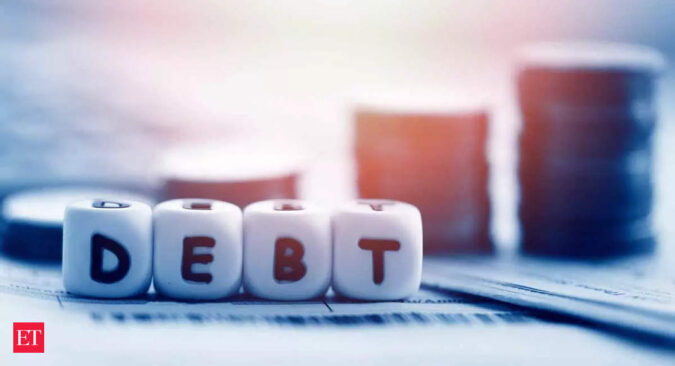In an interview with PTI, Moody’s Investors Service Associate Managing Director Gene Fang said India has a relatively high level of general government debt at around 81.8 per cent of GDP for 2022-23, and low debt affordability.
Further, it expects the Indian economy to grow by 6-6.3 per cent in June quarter. RBI Governor Shaktikanta Das announced at the end of the monetary policy committee (MPC) meeting on Thursday that the GDP growth forecast for 2023-24 has been pegged at 6.5 per cent, a tad higher than the April forecast of 6.4 per cent.
Chief Economic Adviser V Anantha Nageswaran said that the government is on the same page with the Reserve Bank of India on the GDP growth forecast for the current financial year.
India, Fang said, has a high growth potential and its credit strengths include a stable domestic financing base for government debt, as well as a sound external position.
“We expect India’s growth to come in around 6-6.3 per cent in the first quarter of the current fiscal year, which remains relatively flat from the 6.1 per cent recorded in the final quarter of fiscal 2022-23,” Fang said.While household demand is likely to see an improvement given the moderation in both headline and core inflation readings, lagged effects of higher interest rates pose some risks on gross fixed capital formation, in particular, Fang added.Gross Fixed Capital Formation (GFCF) is an indicator of investment in the economy.
Fang said as a ‘Baa3’ rated sovereign, India’s strengths lie in its large and diversified economy with a high growth potential, which is evident in the relatively strong growth forecast this year despite the weaker global economic outlook.
The government has largely met its fiscal objectives over the past two years, assuaging concerns on fiscal policy, he said.
The fiscal deficit, which is the difference between government expenditure and revenue, narrowed to 6.4 per cent of GDP in 2022-23 from 6.7 per cent in 2021-22.
In the current fiscal, the deficit is budgeted to come in lower at 5.9 per cent of GDP.
“As the government balances the commitment to longer-term fiscal sustainability against its more immediate priority of supporting the economy amid high inflation and weak global demand, and ahead of general elections due by May 2024, we expect some risks of fiscal slippage arising from possibly weaker-than-expected government revenues,” Fang said.
The Congress on Saturday alleged that India’s debt has nearly “tripled” to Rs 155 lakh crore in the nine years under Prime Minister Narendra Modi and demanded a white paper on the state of the economy.
Congress spokesperson Supriya Shrinate alleged the Modi government’s “economic mismanagement” is responsible for the present state of the economy and claimed that Rs 100 lakh crore of debt has been added since the present dispensation assumed charge in 2014.
Fang said India has a relatively high level of general government debt, estimated at around 81.8 per cent of GDP for fiscal 2022-23, compared with the Baa-rated median of around 56 per cent.
The country also has low debt affordability, in terms of general government interest payments as a percentage of revenues, which for India is estimated at 26 per cent for fiscal 2022-23, compared with the Baa median of around 8.4 per cent.
(With excerpts from PTI’s interview)
